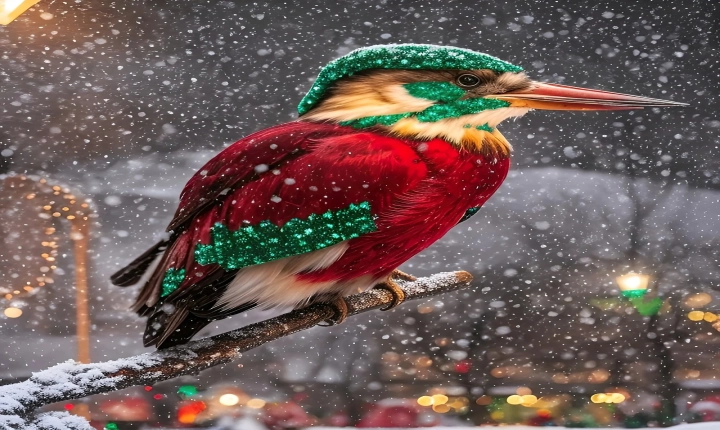Creating AI photos involves using advanced algorithms and machine learning techniques to generate realistic and visually appealing images. In recent years, AI has made significant strides in the field of image generation, enabling users to produce impressive and high-quality images with ease. This article will explore the process of creating AI photos and the technologies and tools involved in achieving this remarkable feat.
The process of making AI photos typically begins with gathering a large dataset of images. These images serve as a training set for the AI model to learn from and understand the characteristics of different objects, textures, and styles. Using a technique called generative adversarial networks (GANs), the AI model can generate new images by understanding and mimicking the patterns and features present in the training dataset.
One of the key components in creating AI photos is the use of convolutional neural networks (CNNs), a type of deep learning algorithm that is well-suited for image processing tasks. CNNs are capable of learning and extracting hierarchical features from images, allowing the AI model to understand the complex visual patterns and structures present in the training data. This enables the AI model to generate new images that are visually realistic and consistent with the characteristics of the input dataset.
Another essential aspect of making AI photos is the incorporation of style transfer techniques. Style transfer involves applying the artistic style of one image onto another, creating visually striking and unique compositions. By combining style transfer with the power of CNNs, AI models can produce images that seamlessly blend different artistic styles while retaining the original content of the input images. This results in highly aesthetic and visually stimulating AI-generated photos.
It is important to note that creating AI photos requires a significant amount of computational resources and technical expertise. Training AI models for image generation often involves utilizing powerful hardware such as graphical processing units (GPUs) and high-performance computing clusters to handle the large-scale computations involved in the training process. Additionally, expertise in machine learning, deep learning, and computer vision is crucial for effectively designing and training AI models for generating high-quality images.
As the field of AI continues to advance, the potential for creating AI photos holds tremendous promise for various applications, including art, design, entertainment, and advertising. AI-generated images can serve as a source of inspiration and innovation, offering unique and novel perspectives that challenge traditional approaches to visual content creation.
In conclusion, the process of creating AI photos involves leveraging advanced algorithms, machine learning techniques, and powerful computational resources to generate realistic and visually appealing images. By harnessing the capabilities of CNNs, GANs, and style transfer techniques, AI models can produce stunning and captivating visuals that push the boundaries of creativity and imagination. As the technology continues to evolve, the possibilities for AI-generated photos are limitless, opening up new opportunities for artistic expression and visual storytelling.
